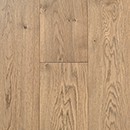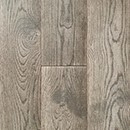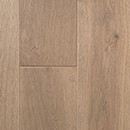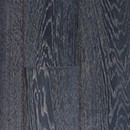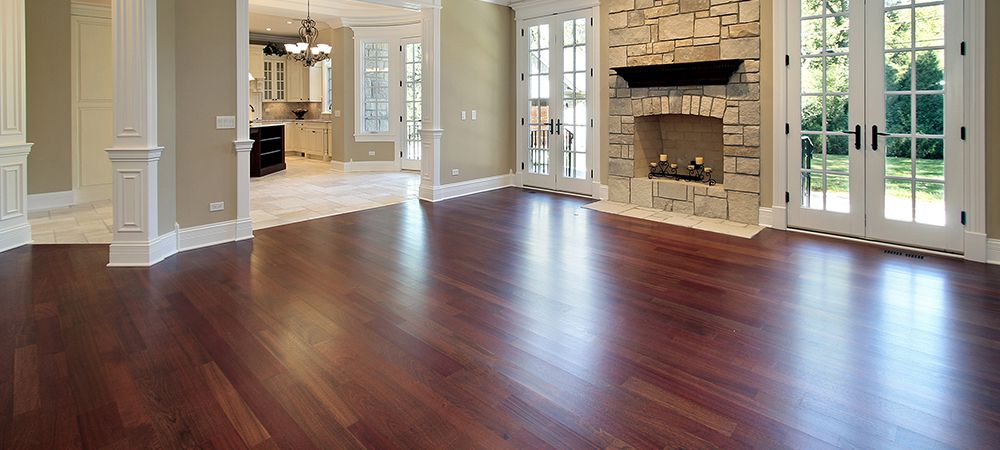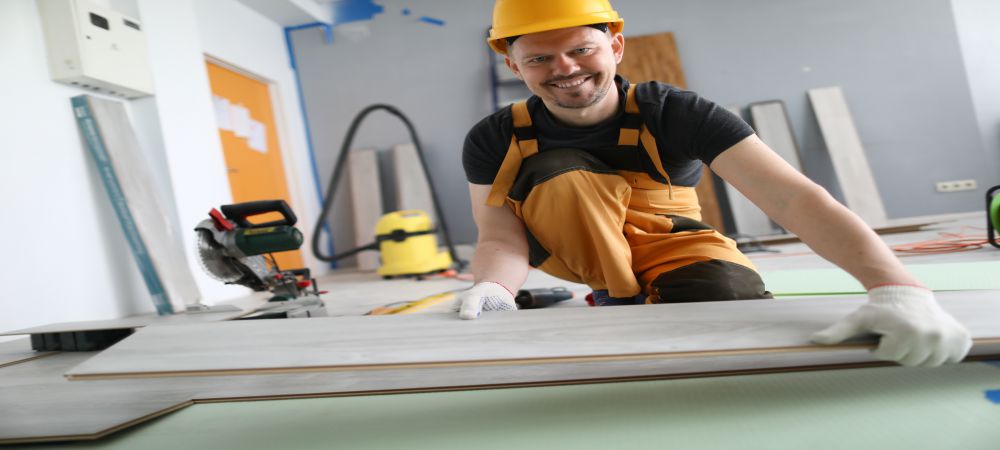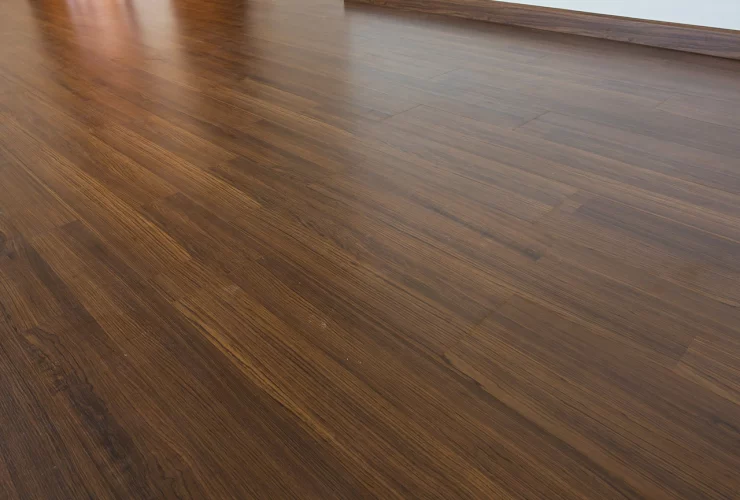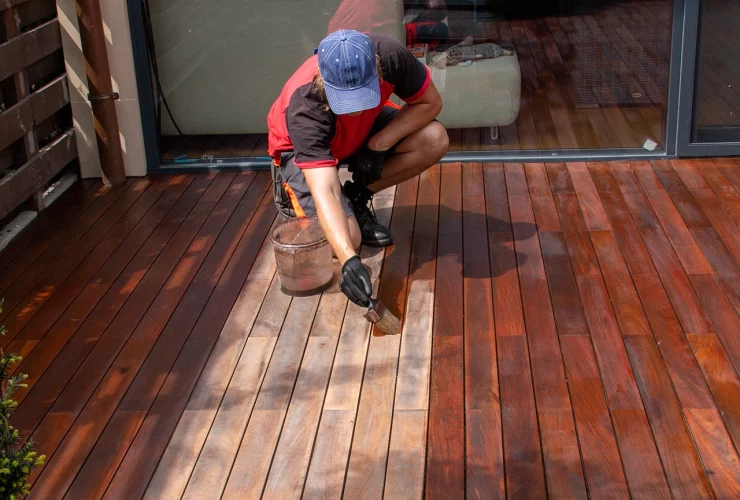Engineered Hardwood vs Solid Hardwood: Which is Best?
Choosing between which type of hardwood floor to use in your house is important as each of them has their advantages and disadvantages for each situation. Hardwood flooring also comes in different kinds of hardwood. So there are a lot of varieties to choose from. However, you should always remember that you must choose the one that would fit the design and requirements so that you will be able to fully enjoy your new flooring. There are two main types of hardwood flooring that you must choose from. These types are either solid hardwood flooring or engineered hardwood flooring. This article will discuss the characteristics of each type to give you a better idea of which would be the perfect fit for your circumstances.
Related article: What is the Cost of Installing Engineered Hardwood Flooring?
Things to Know About Hardwood Flooring
All types of hardwood flooring basically get their core material from hardwood trees. Since these trees are deciduous, their slow growth rate has developed an increased density to the lumber. This is the reason why hardwood trees have been known to be very durable and strong. Depending on the environment, the hardwood trees were able to grow into may enhance the durability and strength of the lumber. This is the case of hardwood trees that grow in Europe, which experience a different type of climate changes that in turn made the trees develop finer grains which help increase the durability and strength of the lumber.
In addition, manufacturers from Europe follow their own timing on when they would harvest the lumber from the trees to ensure an even distribution of color all throughout the usable lumber. Another thing to remember about hardwood flooring is that they can be refinished. Older hardwood flooring panels are sanded and reapplied with stains, sealants, or other types of protective coating. This would extend the life of the hardwood flooring while regaining its beautiful natural look. Refinishing can be done multiple times up to the point where the surface of the flooring panels cannot be sanded anymore.
Differences Between the Types of Hardwood Flooring
The main difference between each type of hardwood flooring is how manufacturers are able to process the solid hardwood lumber. The processes being done by these manufacturers are their way of responding to different external forces that would regularly come in contact with the flooring panels. For more information about the differences in characteristics between the different types of hardwood flooring, you may refer to the following:
Solid hardwood flooring
- This type of hardwood flooring has been the traditional way of making hardwood flooring panels.
- Solid hardwood flooring is known to be made from pure solid wood all the way through.
- A manufacturer constructs a solid hardwood flooring panel from a single piece of solid hardwood log. The log is cut into a shape of a flooring panel. Most of the time, a manufacturer puts a tongue and a groove on the edge of these panels for easier installation.
- Depending on the preference of the customer, the final output can be subdivided into two subtypes:
- Solid unfinished hardwood flooring panels
- This subtype is basically the result after the manufacturer shaped the flooring panels.
- Manufacturers release the flooring panels as they are without any other further treatments.
- Solid prefinished hardwood flooring panels
- For this subtype, the resulting flooring panels will undergo a few more processes before they are released to retailers or to the direct buyers.
- The additional processes being done for this subtype are sanding and sealing.
- Manufacturers will sand the panels so that they would be smooth enough before coating the panels with sealant, stains, or any other protective coating that customers might want to have applied to the panels.
- After the protective coating has settled and dried up, the panels are then ready to be released by the manufacturer.
Engineered hardwood flooring
- This type of hardwood flooring is one of the newer ways of creating a hardwood flooring panel.
- For this type, a manufacturer will combine different veneers of wood, these veneers may be made from solid hardwood, solid softwood, or even plywood, and bind them together with a strong adhesive.
- Each layer of veneer is called a ply. An engineered hardwood flooring panel may contain 5-6 plies of wood veneer. The most significant layer is the topmost part because this is where the solid hardwood veneer will be placed. The kind of hardwood used for the topmost layer will determine the kind of engineered hardwood flooring panel. So if the manufacturer used lumber from a French oak tree as the topmost ply, then the resulting flooring panel will be referred to as French oak engineered hardwood flooring panel. After the different plies have been bound by the strong adhesive, this is when the manufacturer coats the panel with stains, sealant, or any other protective coating.
- The strength and durability will greatly depend on how many plies of veneer and engineered hardwood flooring panel has, the type of adhesive used for binding, and the sealant and other protective coatings that have been applied.
Related article: Installing vs Refinishing Hardwood Floors: Comparing the Cost
Factors That Would Determine Which Type of Hardwood Flooring to Use
As previously mentioned, there are specific circumstances that would make a specific type of hardwood flooring the perfect fit. Below are the common factors that would make a respective type the correct choice:
Location
For areas that only have one specific climate all year long, solid hardwood flooring would be the best option. Without factoring in the costs for the flooring material, solid hardwood flooring is known to last longer because there is only one material that is affected by external forces. The solid wood lumber can withstand the specific climate for as long as possible. The flooring panel can live for more than 12 years before it needs to be maintained by refinishing.
For areas that experience extreme climate changes, engineered hardwood will be needed to be installed. This is due to the fact that with extreme climate changes, the temperature drastically changes on a regular basis throughout the whole year. This is an issue with solid wood because it naturally reacts to these changes in temperature. If the wooden panel is subjected to heat, it will expand most of the time.
For colder temperatures, wooden panels will react by shrinking. If solid hardwood flooring was used in this situation, there is a great chance that gaps may form in between flooring panels or the floor may rise up due to the expansion of the panels. However, engineered hardwood will less likely be affected due to the fact that the strong adhesive used to bind the wooden veneers will protect all of the layers from the temperature changes.
Budget
Being made from pure solid wood, solid hardwood flooring panels are relatively more expensive as compared to the composition of engineered hardwood which incorporates cheaper softwood and plywood. If the location is really not an issue, then you just have to look at your current budget allocation on which of the types you would prefer to use.
Eco-friendliness
For people who think of the environment as a main factor in their decision making, they would more than likely choose engineered hardwood flooring. This is mainly because of the difference in the composition between the two types of hardwood flooring. Solid hardwood flooring, which uses only solid wood, is known to use up more hardwood. This would make it less eco-friendly when compared to engineered hardwood flooring which only uses solid hardwood for its topmost ply.
Type of subfloor
When installing hardwood flooring panels, the type of subfloor should also be considered. Solid hardwood flooring panels are not compatible with being placed directly on top of concrete subfloors. A solid hardwood flooring panel needs to put plywood or pine board on top of the concrete subfloor before it can be securely fastened. For engineered hardwood flooring panels, the type of subfloor will not really matter as they can be placed directly on top of a concrete subfloor.
Related article: 5 Must Know Factors to Consider Before Choosing Flooring Supplier in Ontario
The Best Type of Hardwood Flooring Will Always Depend on the Circumstances
Even though it may look like engineered hardwood flooring can be used in more situations, it still will depend on the owner’s circumstance. This is why it is very important that you discuss with flooring experts your current situation as they will help evaluate which would fit your needs. It is highly recommended that you do a consultation first before you make a final decision, so you do not waste your time and money purchasing flooring panels that may not work in relation to your current situation. Companies that can be trusted will never try to force you into buying a specific product from them. They should give you alternatives so that you have options that would fit your budget.
If you need to contact a flooring supplier in Ontario, you can contact Three Trees Flooring at (416) 665-2624. We will do our best to offer you cost-effective solutions for any of your flooring needs.


